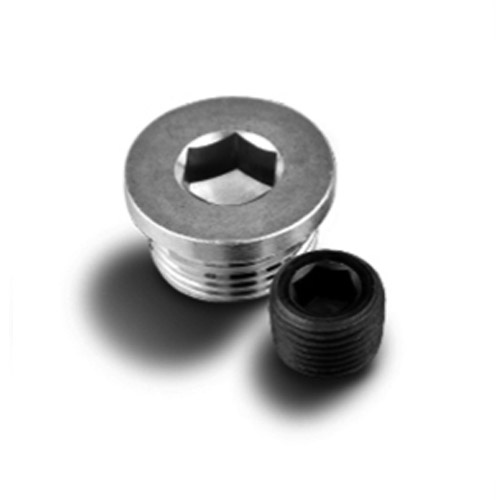

Installing Self-Tapping Screws in Metal Stud Framework for Secure Construction
Aug . 18, 2024 05:59 Back to list
Installing Self-Tapping Screws in Metal Stud Framework for Secure Construction
Self-Tapping Screws for Metal Studs A Comprehensive Guide
Self-tapping screws have revolutionized the way we approach metal structures, particularly in the realm of construction and architecture. When working with metal studs, the choice of fasteners is critical to ensuring the structural integrity and longevity of the project. This article delves into the significance of self-tapping screws for metal studs, their benefits, and best practices for use.
Understanding Self-Tapping Screws
Self-tapping screws are specially designed fasteners that can create their own hole as you drive them into the material. This feature is particularly advantageous when working with metal studs, which are commonly used in the framing of walls, ceilings, and other structures. Unlike traditional screws that require a pre-drilled hole, self-tapping screws streamline the construction process, saving both time and labor.
Benefits of Using Self-Tapping Screws with Metal Studs
1. Time Efficiency The primary advantage of self-tapping screws is the reduction of labor time. Construction professionals can easily drive screws into metal studs without needing to pre-drill holes. This efficiency translates into faster project completion times.
2. Secure Fastening Self-tapping screws are designed to provide a tight fit in metal materials. Their threads are engineered specifically for metal, ensuring that they grip securely, which helps prevent loosening over time—a concern particularly relevant in dynamic environments.
3. Versatility Self-tapping screws come in various lengths and diameters, making them suitable for a wide range of applications. Whether you are attaching drywall to metal studs or securing electrical boxes, there is likely a self-tapping screw designed for the job.
4. Reduced Risk of Damage When using traditional screws, there is always a risk of damaging the metal stud due to over-drilling or misalignment. Self-tapping screws eliminate this concern, as they effectively tap their own thread, minimizing the risk of splitting or cracking.
Types of Self-Tapping Screws
Self-tapping screws can be categorized broadly based on their design and intended use
. The most common types for metal studs includeself tapping screws for metal studs

- Sheet Metal Screws These have a sharp point and coarse threads designed for fastening thin sheets of metal, making them ideal for lightweight applications.
- Tek Screws (Self-Drilling Screws) With a drill point at the tip, Tek screws can penetrate through metal effortlessly. They are perfect for thicker materials and are often used in roofing and siding applications.
- Self-Tapping Drywall Screws Specifically designed for attaching drywall to metal studs, these screws feature a bugle head that allows for a flush finish, reducing the need for additional finishing work.
Best Practices for Using Self-Tapping Screws
To maximize the performance of self-tapping screws when working with metal studs, consider the following best practices
1. Choose the Right Screw Select screws that are appropriate for the thickness and type of metal being used. For example, use a longer screw for thicker metal to ensure a secure hold.
2. Use a Power Tool A power screwdriver or drill will make the installation process easier and more efficient. Ensure that you set the correct torque to avoid stripping the screw or damaging the stud.
3. Pre-Drill for Larger Screws For particularly thick metal, pre-drilling may enhance the ease of installation, even with self-tapping screws.
4. Maintain Alignment Ensure that screws are driven straight into the stud to avoid cross-threading. Proper alignment is crucial for maintaining the strength of the connection.
Conclusion
Self-tapping screws play a vital role in the construction of metal stud frameworks, offering numerous benefits including efficiency, security, and versatility. By understanding the different types and following best practices, builders and contractors can effectively use self-tapping screws to enhance their projects, ensuring durability and structural integrity. As construction methods continue to evolve, self-tapping screws will remain an indispensable tool in modern building practices.
Latest news
-
Hot Dip Galvanized Bolts-About LongZe|High Strength, Corrosion Resistance
NewsJul.30,2025
-
High-Strength Hot Dip Galvanized Bolts - Hebei Longze | Corrosion Resistance, Customization
NewsJul.30,2025
-
Hot Dip Galvanized Bolts-Hebei Longze|Corrosion Resistance&High Strength
NewsJul.30,2025
-
High-Strength Hot-Dip Galvanized Bolts-Hebei Longze|Corrosion Resistance&High Strength
NewsJul.30,2025
-
Hot Dip Galvanized Bolts-Hebei Longze|Corrosion Resistance&High Strength
NewsJul.30,2025
-
Hot Dip Galvanized Bolts - Hebei Longze | Corrosion Resistance, High Strength
NewsJul.30,2025

